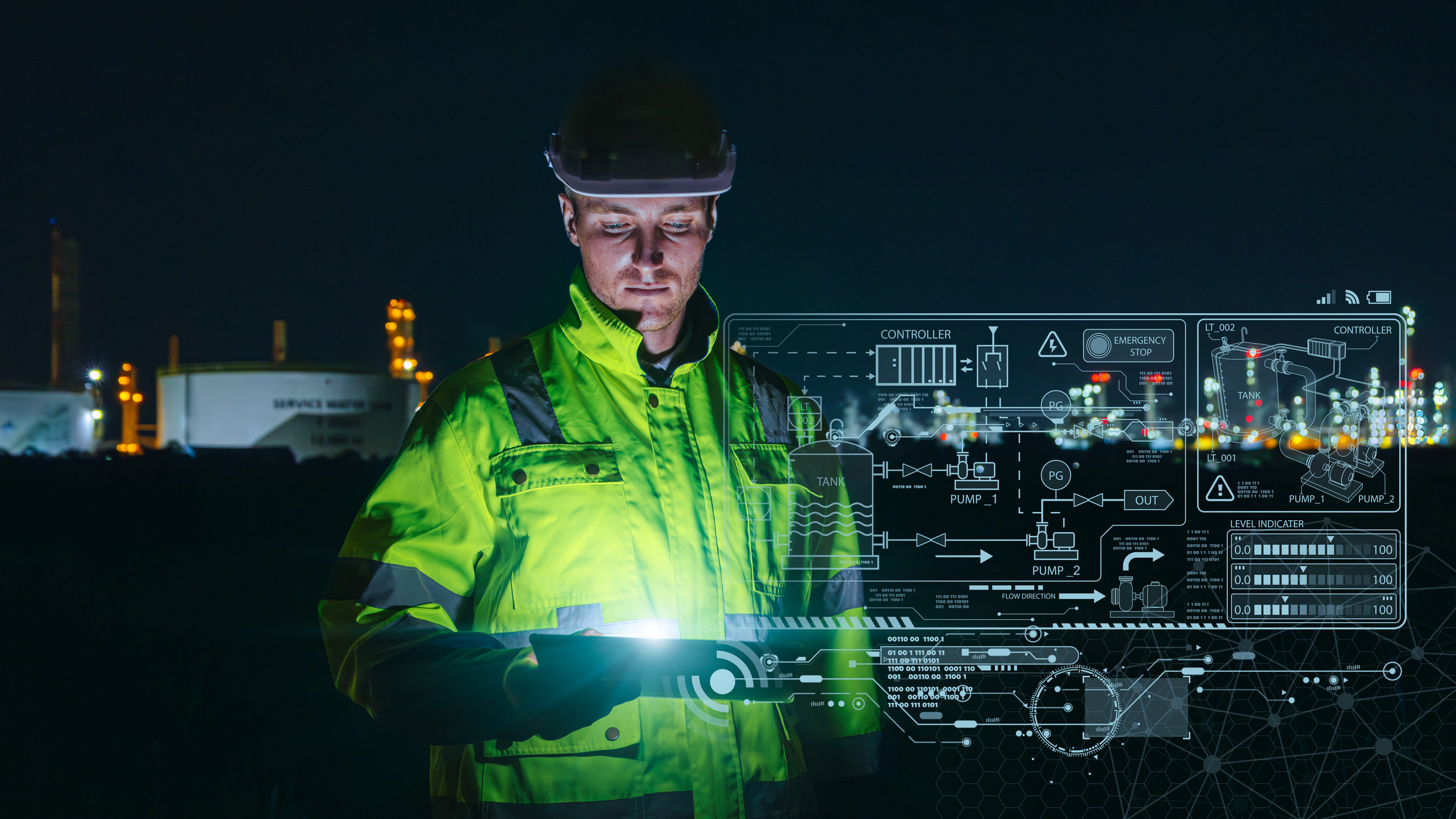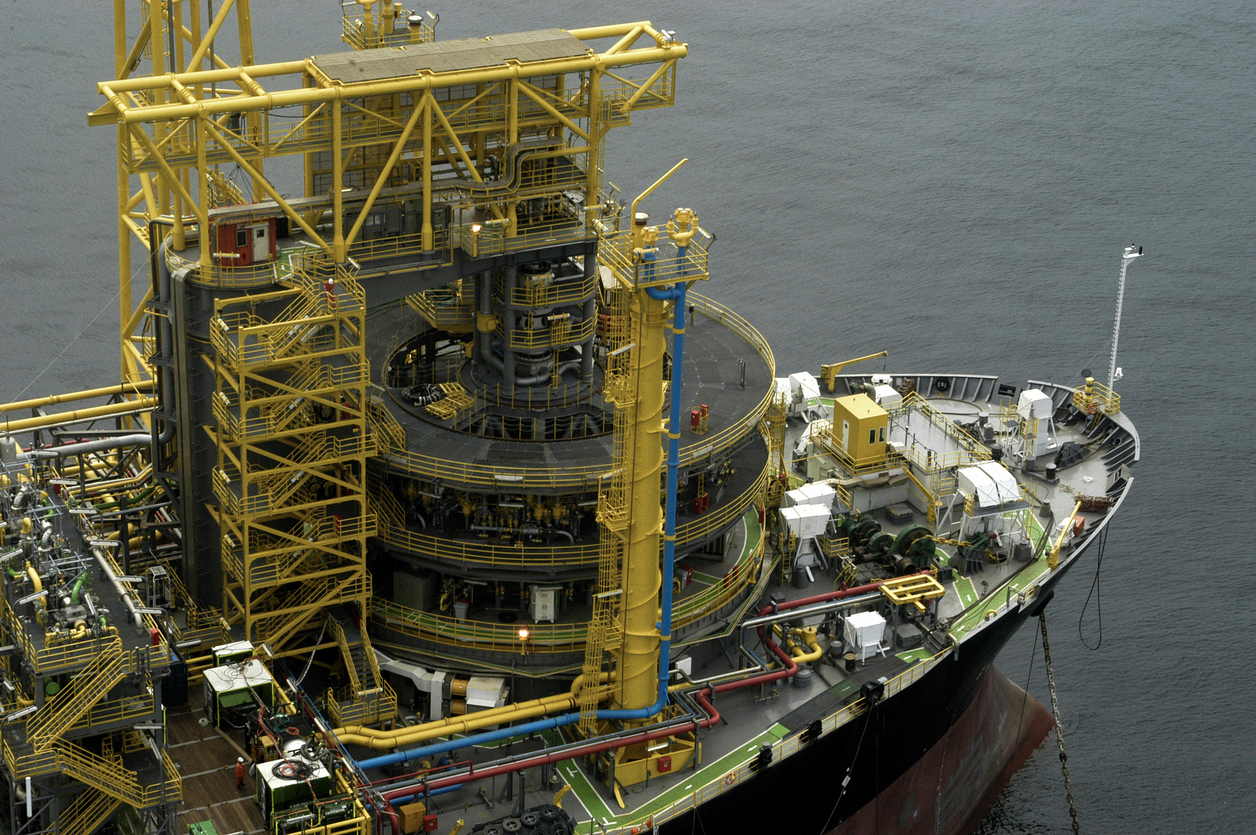It's common to believe that industrial environments with low foot traffic present minimal risks. However, it's crucial to differentiate between apparent risk and effective safety. Reducing movement can reduce the occurrence of certain incidents, but it also increases the likelihood of risks going unnoticed.
This paradox of a false sense of security occurs in various sectors, from heavy industry to port logistics, oil and gas platforms, and agricultural operations. What changes is not the risk itself, but the perception of it. The challenge lies precisely in maintaining the same level of vigilance and attention, when the tendency is to believe that "there is no reason to worry."
Throughout this article, we will explore why the risks can be even greater in these scenarios, what factors contribute to this, and how security protocols and the use of technologies such as intelligent monitoring help ensure constant protection.
The false sense of safety in low-traffic environments
A false sense of security occurs when the reduced number of people on site creates the impression that the chances of accidents are reduced. However, the dangers remain and, in many cases, are amplified. Just imagine a single employee in a red zone: if they suffer an accident, there will be no colleagues nearby to offer immediate assistance.
Similar situations occur in nighttime yards, where vehicle traffic is lower but heavy equipment remains in operation; in reduced shifts, when smaller teams must handle complex responsibilities; or in locations with poor lighting, which favors tripping, collisions, or operational failures. These conditions increase the vulnerability of those on site, even if the number of people is small.
Data reinforces this concern: the International Labor Organization (ILO) indicates that accidents during night shifts and during reduced-staff shifts are, on average, 18% more frequent than during periods of higher traffic. In other words, it's not just a matter of perception: statistics show that the real risk of accidents is higher in contexts with less traffic.
Why risks increase when there is less movement
One of the main factors is the reduction in collective surveillance. In busy locations, there are always more watchful eyes capable of spotting a failure or inappropriate behavior. In low-volume operations, however, this resource virtually disappears, leaving incidents without immediate witnesses.
Another critical point is the slower response. In the event of a fall, collision, or technical failure, the time it takes for someone to notice and act can be decisive in the outcome of the incident. The fewer people present, the longer the interval between the problem and intervention, which increases the severity of the incident.
Finally, there's the overconfidence factor. Operators may believe that, during periods of low activity, the likelihood of something going wrong is minimal. This kind of perception leads to less rigorous implementation of safety protocols, which opens the door to serious errors. This is precisely where the false sense of safety becomes dangerous.
The role of intelligent monitoring
Intelligent monitoring emerges as an evolutionary tool to reduce vulnerabilities in low-traffic scenarios. Unlike passive surveillance, it acts proactively and analytically, interpreting information in real time and transforming images into actionable data.
In practice, this means the system can identify movements in restricted areas (red zones), detect when an employee is standing under a suspended load, or generate immediate alerts when there is movement in critical locations during off-peak hours. These features increase management's risk awareness and allow teams to intervene quickly, even without the physical presence of several people on site. This is because, regardless of low traffic, the system will continue to issue alerts, ensuring greater agility and safety in risky situations.
Furthermore, intelligent monitoring ensures continuous recording of data and images, which can be used in audits, procedure reviews, and internal training. Thus, the system not only strengthens real-time prevention but also contributes to organizational learning and the building of a solid safety culture.
Measures to reduce risks in low-flow environments
Adopting the support of strategic technologies, such as smart monitoring, must be accompanied by clear protocols and an organizational culture that recognizes the risks of low flow. This starts with integrations, including employees, visitors and service providers, in order to ensure that even those who are not part of the routine understand the basic safety rules.
Another fundamental measure is the use of complete PPE for employees, such as helmets, goggles, gloves, and coveralls. This use is essential to ensure the safety of workers, especially those who work in high-risk areas – especially if they are alone.
Additionally, improving lighting in outdoor areas and installing clear, visible signage are simple but high-impact practices for reducing vulnerabilities.
Finally, safety checklists before starting work, especially during night or reduced shifts, ensure that protocols are not neglected. These precautions, combined with technological support, eliminate false sense of security and ensure that all risks are treated with the necessary seriousness.
Conclusion
Low-traffic environments or night shifts are not synonymous with safer environments. On the contrary: less movement can make risks harder to identify, responses slower, and danger perception less accurate. It is precisely in this context that a false sense of security becomes an invisible enemy.
To meet this challenge, companies need to adopt a combination of clear protocols, a preventative culture, and intelligent monitoring technologies that ensure continuous vigilance and team support. This combination ensures that security doesn't depend on the number of people in operation, but on the consistency of processes and the ability to prevent incidents before they become critical.
In an increasingly challenging scenario, protecting lives, assets, and the organization's reputation requires constant attention, even when it seems like nothing is happening.
About ALTAVE
ALTAVE offers intelligent monitoring solutions that increase safety in critical operations, protecting people, assets, and processes. By combining cutting-edge technology with automated analysis, it is possible to identify risk situations in real time and prevent accidents before they happen.
With real-time monitoring, intuitive dashboards and 24/7 support, ALTAVE contributes to operational safety and the protection of lives and essential resources. The company has patented technologies in Brazil and abroad, and is present around the world, serving sectors such as Defense and Security, Energy, Mining, Ports, Agribusiness and Oil and Gas.
Recognized for its strategic relevance, ALTAVE is accredited as a Strategic Defense Company by the Brazilian Ministry of Defense and a supplier to Petrobras.
Let's have a chat?
Contact us to learn more about how our solution can help your company!





